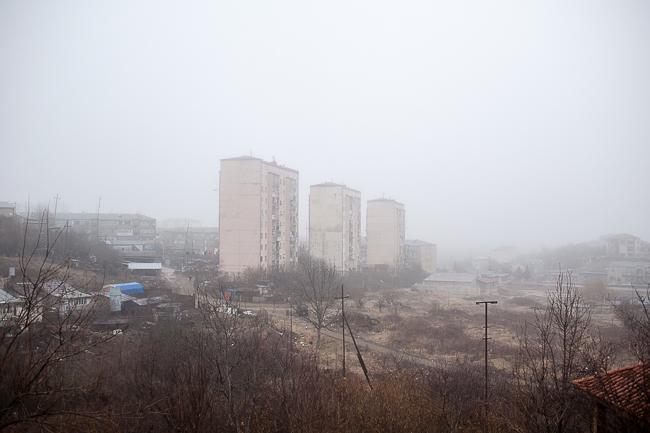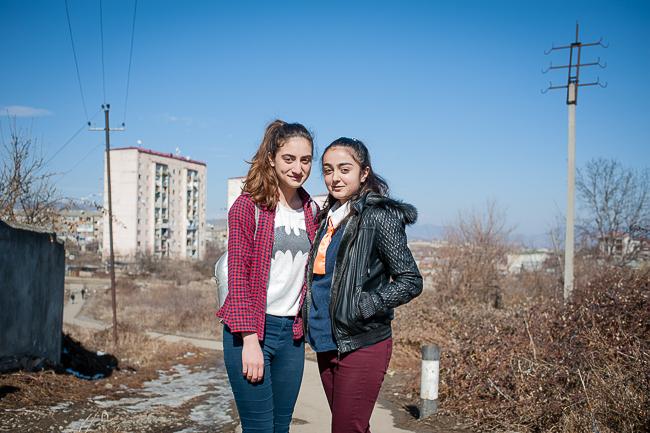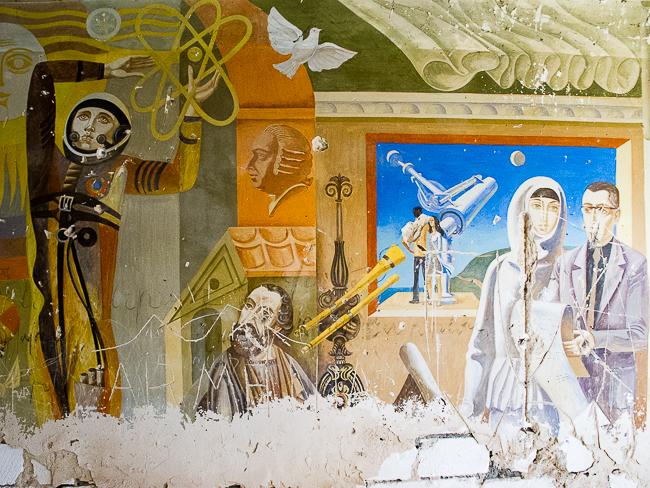Nagorno-Karabakh is a mountainous territory of Transcaucasia, in Armenia, adjacent to Azerbaijan to the east and Iran to the south. It is a state without international recognition, and delimited by complex, moving and troublesome borders. Its past is lost in remote Christian Armenian populations, and its present is justified by the need to recover those roots.
The international community recognizes these territories as part of Azerbaijan, but after the collapse of the USSR, the Armenian population claimed them as their own. Obtained during the armed struggle of the 90s, they belong de jure to Azerbaijan, but de facto to the self-recognized republic of Nagorno-Karabakh.
The conflict goes back to the beginning of the 20th century, when both countries became independent from the Russian Empire in 1918. Back then, the unification imposed by the USSR contained Caucasian nationalisms. But when the Soviet Union collapsed, all the latent conflicts emerged from its rubble. At the same time that Sarajevo was being talked about in the European media, Caucasian conflicts broke out, such as that of Upper Karabakh (along with those of Abkhazia, Ossetia, Chechnya and Ingushetia, among others).
The atmosphere of this conflict involves daily life. There is hardly a gap left for understanding between Armenians and Azeris. Everyone seems to want peace, but three decades of military rhetoric have distanced the possibility of finding solutions to live peacefully. The only language used alludes to militarism, nationalism and identity.
There has never been a continued ceasefire, but since its dramatic break in 2016, the line that separates Azerbaijan from Nagorno-Karabakh has been at times the strip with the largest military presence in the entire European environs. However, there is no talk about a conflict that involves countries such as Russia and Turkey, a conflict which is closely related to gas and oil (on Azeri soil), and mineral resources (on Armenian soil).
These photos were taken between February 19 and 27, 2017, during an unrecognized referendum that aimed, among other measures, to change the name of Nagorno-Karabakh to Artsakh. Nowadays, this is how this transcaucasian republic has been known. Beyond that, nothing has changed.
___Nagorno-Karabaj es un territorio montañoso de Transcaucasia, en el seno de Armenia, colindante con Azerbaiyán al este y con Irán al sur. Es un estado sin reconocimiento internacional, de fronteras complejas, movedizas y conflictivas. Su pasado se pierde en remotas poblaciones armenias cristianas, y su presente se justifica por la necesidad de recuperar esas raíces.
La comunidad internacional reconoce estos territorios como parte de Azerbaiyán, pero tras el colapso de la URSS, la población armenia los reclamó como suyos. Obtenidos durante la lucha armada de los 90, pertenecen de iure a Azerbaiyán, pero de facto a la autorreconocida república de Nagorno-Karabaj.
El conflicto se remonta a principios del siglo XX, cuando ambos países se independizaron del Imperio ruso en 1918. Poco después, la unidad entonces impuesta por la URSS contuvo los nacionalismos caucásicos. Cuando la Unión Soviética se desmoronó, de sus escombros emergieron todos los conflictos latentes. Al mismo tiempo que se hablaba de Sarajevo en los medios europeos, estallaban conflictos caucásicos como el del Alto Karabaj (junto a los de Abjasia, Osetia, Chechenia e Ingusetia, entre otros).
La atmósfera de este conflicto envuelve la vida cotidiana. No queda apenas un resquicio para el entendimiento entre armenios y azeríes. Todos parecen querer la paz, pero tres décadas de retórica militar han alejado la posibilidad de encontrar soluciones para convivir pacíficamente. El único lenguaje empleado es el bélico, el nacionalista y el identitario.
Nunca ha habido un alto al fuego continuado, pero desde su dramática ruptura en 2016, la línea que separa Azerbaiyán de Nagorno-Karabaj ha sido por momentos la franja con mayor presencia militar de todo el entorno europeo. Sin embargo, nunca se habla de un conflicto que involucra directamente a países como Rusia y Turquía, y estrechamente relacionado con gas y petróleo (en suelo azerí), y con recursos minerales (en suelo armenio).
Estas fotos fueron tomadas entre los días 19 y 27 de febrero de 2017, mientras se celebraba un referéndum no reconocido que pretendía, entre otras medidas, cambiar el nombre de Nagorno-Karabaj por el de Artsaj. Así se conoce, desde entonces, a esta república transcaucásica. Más allá de eso, nada ha cambiado.


































